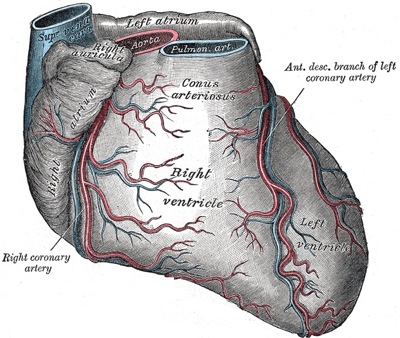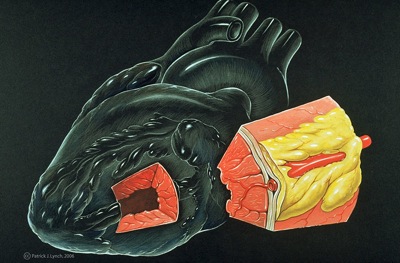
Heart Structure
last authored:
last reviewed:
Introduction
courtesy of Dr Marjorie Johnson, Western University
This topic is currently being authored.
Content will be made available once it is written and reviewed by students and professors at Western University.
The content below is unedited, rough material that will be incorporated by content collaborators.
Please check back soon!
Heart valves are composed of dense and loose connective tissue and are lined with endothelium. The AV valves depend on their tethering to the ventricular wall to maintain closure. This is accomplished by the cordae tendinae attached to papillary muscles.
Cellular structure
The heart consists of three layers: the epicardium, a thin layer of epicardial and connective tissue; the myocardium, a thick layer of contractile cardiomyocytes, and the thin endocardium, composed of endothelial cells. Myocytes comprise only 25% of the number of heart cells but account for almost 90% of its volume. The remainder are mostly endothelial cells of the capillary network and fibroblasts. Extracellular matrix and leukocytes are rare.
Blood Supply
The heart criticially depends on oxygen for its function. Altough it counts for only 1/200 of the body's weight, it requires almost 1/20 of total blood supply at rest. It therefore has a rich vasculature to keep it perfused - the coronary (Latin: crown) arteries, 5- to 10 cm long and 2-4 mm in diameter. Atherosclerosis of coronary vessels is the major cause of angina and the acute coronary syndromes.



used with permission, Patrick Lynch
